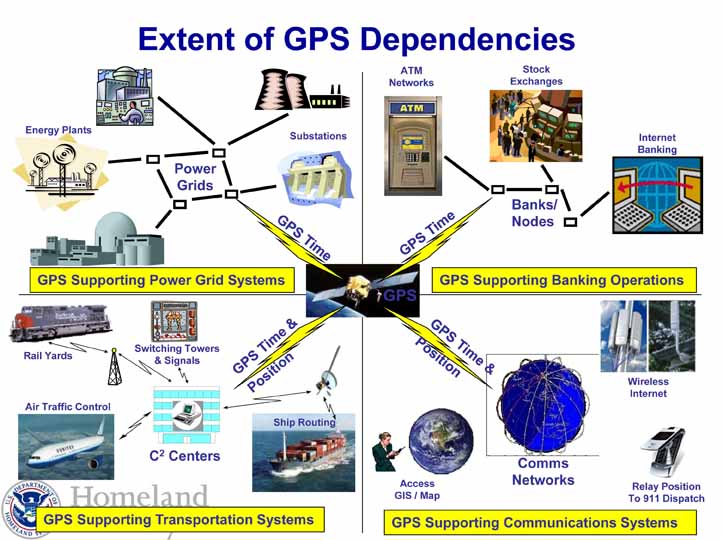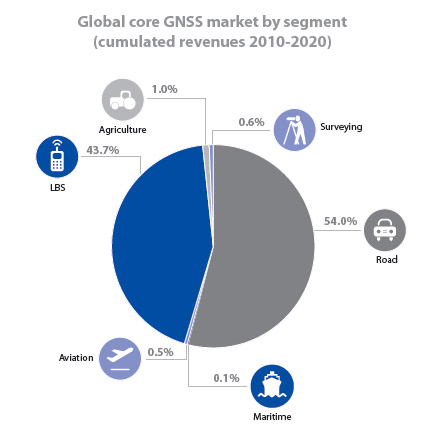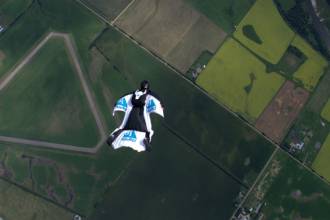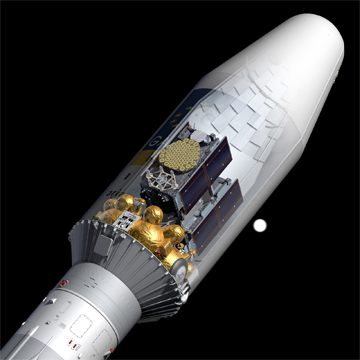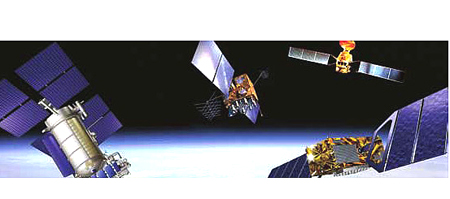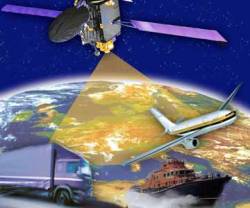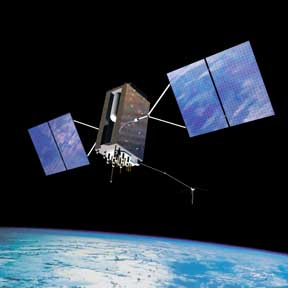PNT Homeland Security Official Links GPS Interference to Wider Cybersecurity Concerns
The convergence of mobile communications, information, and navigation technologies is driving the need to re-examine interference and jamming issues within a broader national and international cybersecurity framework, a U.S. homeland security official told a recent conference on GNSS vulnerability.
By Inside GNSS
